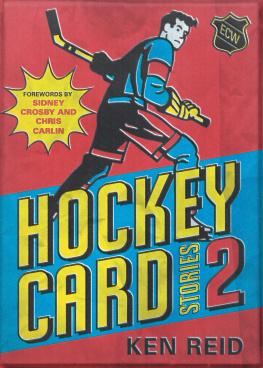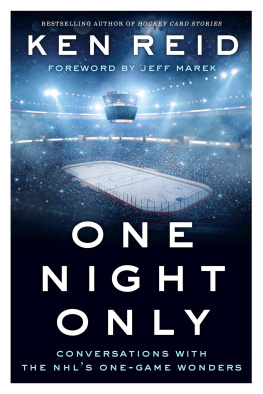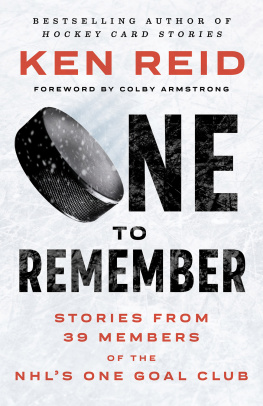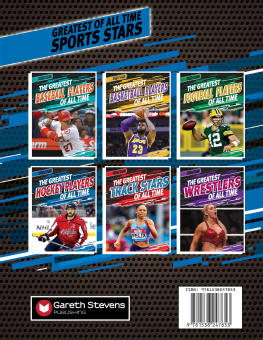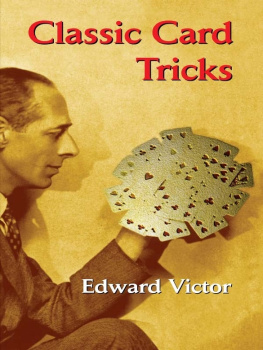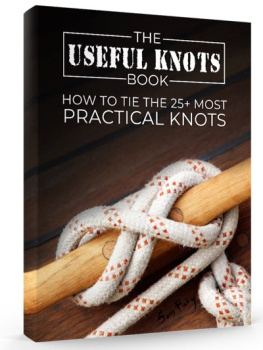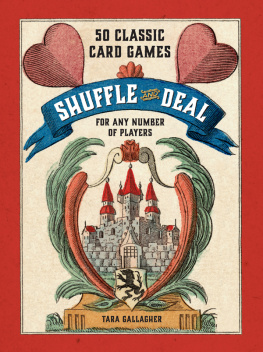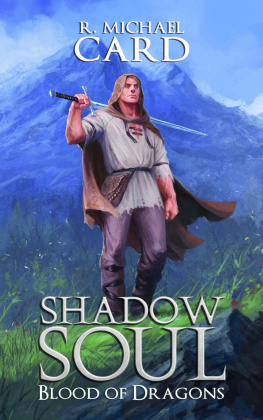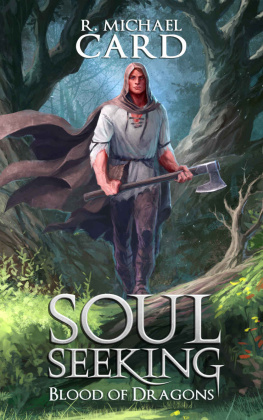To Jacoby and Langdon. Thanks for the endless smiles.
Sidney Crosby
When I was a kid, my dad had a binder full of old Pro Set hockey cards. I found it and started turning the pages. Thats my first memory of hockey cards. My dad would tell me stories about when he played and who he played with. Then I would specifically look for his old teammates cards. It was kind of a cool way for me to learn about the game. It wasnt easy to get a lot of stats and information about players when I was a kid, but you could find out a little bit about a player on the back of his card.
I remember going to flea markets in Cole Harbour, the Penhorn mall in Dartmouth, and the big one at the Civic Centre in Halifax. As kids, wed barter with the card dealers at the markets. Sometimes, wed make trades with each other. True story, I once had a Mario Lemieux rookie card. Im not sure if I ever told Mario this I might have when I first got to Pittsburgh but I traded his rookie card and it didnt go well. To put it mildly, I got fleeced. I traded my Lemieux rookie for the Pro Set Stanley Cup card and all the other trophy cards. It was not a great trade. I like to think today I would make better trades.
My favourite cards were the ones you got at McDonalds and the ones from Upper Deck. They showed the players out of their uniforms and were somewhat random photos but thats why I remember them. I remember one of Felix Potvin and his black lab, and Doug Gilmour in his Harley jacket, which has a story in the pages to come. I remember looking at those cards and thinking Id never seen pictures of hockey players like that before. Until then, I had only seen pictures of players in action, never out of their gear. So that sticks out from when I was a young kid.
I remember when my rookie card came out, the card company gave me a huge stack of them. I looked at my card and thought, this is cool. I had collected cards for all those years and was fortunate to now have my own.
Of course, its been a few years since my rookie card hit the shelves. In a few years, Im sure people will look at it, like they do the cards in this book, and have a different take on it than when they first saw it. What will people think of my rookie card in 25 or 30 years? They may question if I was really 18, because I looked like I was 12. They likely wont even recognize that Pittsburgh jersey. It had a Vegas gold kind of a different look back then. People will notice the equipment too. A kid looking at my stick might ask, Why does he have a two-piece stick? I had a wooden blade when I was a rookie. They probably would not have even seen that type of stick before. Guys I play with now dont even really recognize that stick.
I enjoyed the cards I had as a kid. They were one of my links to the far-off world of the NHL. There wasnt an NHL team in my hometown. You could not watch games or practices in person. I depended on hockey cards and the Hockey News and half-hour sport shows to keep me in touch with the NHL. Thats really how the story and stats of the game were told to us, through the cards. As a kid, Toronto and Montreal seemed like they were on a different planet, so I had to watch hockey on TV or check stats on the back of a card. Checking your phone or going online to get the information you wanted wasnt an option. For someone like me, hockey cards provided what I considered important information about the game and the players I loved. They brought the game closer to me.
Enjoy the following pages.
Sidney Crosby
Chris Carlin
Never meet your heroes. Its something you have probably heard before, and often you will find it to be true.
I remember a public autograph signing I was involved in for Upper Deck. The young basketball player showed up over an hour late with no explanation or apology. Fans were genuinely excited to see him and get his autograph, but he had nothing to say to them. He didnt smile for photographs. He would not shake the outstretched hands of fans coming through. It was awkward.
I experienced more and more of that behaviour over my early years of doing events and it caused my love for most professional athletes to wane. I wasnt dealing much with hockey, though. To be honest, I was not much of a hockey fan when I came to work for Upper Deck in late 1997. Growing up in Southern California, my passion was baseball, football, and basketball, so those are the athletes I wanted to meet.
An employee I worked with kept telling me, Chris, youve got to do the NHL All-Star event. I had never gone because its around the same time as other big sports events I liked going to. Finally, I acquiesced and booked my trip to the 2008 NHL All-Star weekend in Atlanta.
At the All-Star fan fair, I was surprised to see big-name players walking around with their families and friends. When we went to the parties, they were there and happy to talk with fans. When I was introduced to them, they werent just cordial, they were downright friendly. Im just an ordinary guy, but now Im cracking jokes with millionaire superstar athletes. During the weekend, we ended up at an after-party in a sponsored suite. We were playing Guitar Hero with players like Brandon Dubinsky and Corey Perry. It was totally surreal.
Then I saw what they were doing on the ice, and I was blown away. They were exceptionally talented. They were incredibly tough. I was hooked and I had a new favourite sport with plenty of great players (both on and off the ice) to cheer for.
It wasnt too long after that when I met Ken Reid at the Sport Card & Memorabilia Expo in Mississauga, Ontario. After my first interaction with Ken, I remember thinking that he was a super nice guy who desperately needed some time in the sun. Now, understand, Im pigmentally challenged as well, so I feel Kens pain.
I was impressed with his remarkable hockey knowledge and genuine appreciation for the glory days of hockey cards. When Upper Deck came on the hockey-card scene, it was a game-changer. Over time, though, the collecting base grew more interested in exciting insert cards that contained pieces of game-used jerseys or authentic autographs from players instead of traditional base cards, even if they featured great photography.
Many purists like Ken still carry a flame for great photography on hockey cards, and card photography remains a huge priority for the Upper Deck company. Youd be surprised to know how hotly contested some topics are; raised voices can be heard outside conference rooms and offices as the decisions are made on which photographs will make their way into different card sets.
Upper Deck is almost fanatical about using the best photography available for trading card sets, especially the flagship Upper Deck Series 1 and Series 2 NHL sets. I love watching the image-selection process before the cards go to press and looking at the uncut sheets of those products coming through.
It is a thrill seeing collectors reactions to the cards when they hit the market in shops or at events. Whats even more interesting is when players get to see their cards and hearing their reactions to them. Its not something fans get to see or hear about, until Ken got involved.
In Hockey Card Stories 2, Ken will take you behind the curtain to ask hockey players what they think about some of their most iconic cards. Their responses are comical, enlightening, and, in some cases, surprising.

